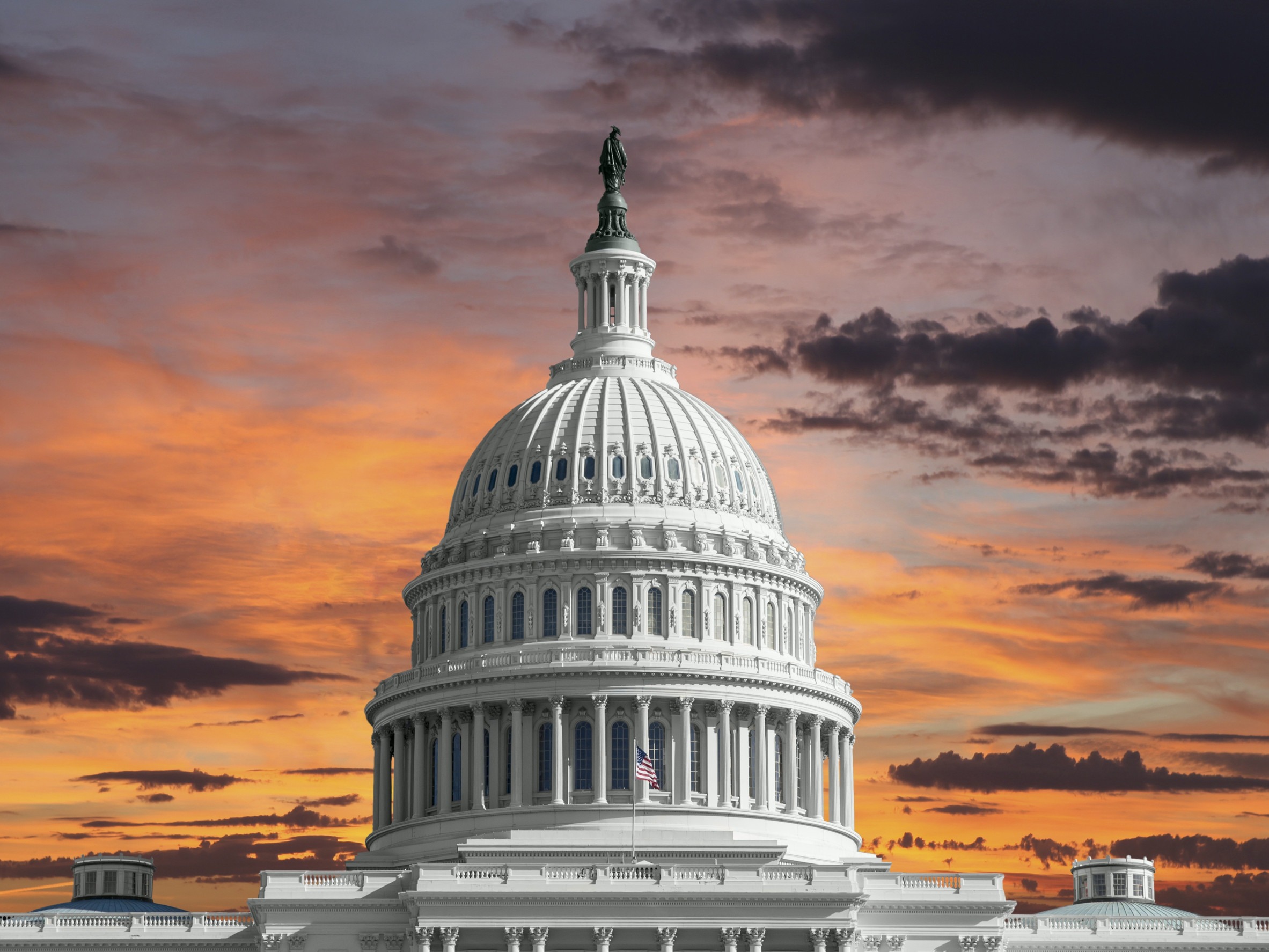
The Implications of the 2025 Reconciliation Law on Uninsured Rates
The 2025 Reconciliation Law has been a talking point as it seeks to reshape healthcare coverage across the United States. Expected to impact the uninsured rate significantly, this legislation introduces a variety of provisions aimed at expanding access to health insurance. It is crucial to understand how this law could affect uninsured individuals at the state level.
Analyzing State-Level Impacts of Healthcare Legislation
As healthcare professionals and policymakers advocate for reforms, the implications vary from state to state. Newly projected data suggests that states that previously expanded Medicaid could see a drop in their uninsured rates more significantly than those that did not. For instance, states with comprehensive healthcare programs, such as California and New York, may see reductions in the uninsured population given their existing frameworks cater to underserved communities.
Conversely, in states reluctant to adopt expansion initiatives, the law's effectiveness could be muted. For these regions, the expected benefits may not be felt, potentially widening the gap in health equity. The decentralized approach means states like Texas, which have high uninsured rates, may continue facing stark challenges against the backdrop of the new legislation.
The Connection Between Legislation and Community Health Outcomes
The economic implications of the 2025 Reconciliation Law extend beyond mere statistics. By increasing access to health insurance, it precedes a shift in health outcomes across various demographies. Extended coverage typically translates to enhanced preventative care options, thereby improving wellness metrics and reducing chronic disease burdens in the long term. This shift could foster healthier communities, boosting productivity and overall socioeconomic conditions.
Future Health and Wellness Trends Post-Law Implementation
With this landmark legislation poised for rollout, we anticipate a positive influence on wellness trends. Enhanced health access may spur an increased focus on preventive healthcare practices, leading to a cultural shift where health and fitness are prioritized. This is particularly relevant for suburban professionals, who often juggle busy work schedules with a desire for sustainable health practices.
Moreover, the availability of resources and education regarding health and wellness could flourish, as states mobilize funded initiatives to promote community well-being. This setup creates a favorable landscape for incorporation of fitness trends into daily routines, paving the way for a holistic approach to health management.
A Look at Predictive Trends: What to Expect
Drawing insights from research trends, experts suggest that the legislation's impact could result in a marked decrease in comorbidities related to lack of insurance coverage. This could lead to reduced healthcare spending in emergency settings over time, as early intervention becomes more commonplace. Within years, the interplay between health policy and personal health may morph into a more proactive healthcare framework.
Lessons learned from previous healthcare legislations indicate that widespread awareness campaigns will be essential for the law's success. Ensuring that suburban professional communities understand how to navigate insurance options will reduce confusion and facilitate access to essential services.
Building a Future-Ready Healthcare Model
Ultimately, the 2025 Reconciliation Law signals a crucial advancement towards dismantling barriers to healthcare for many. As we adapt to the implications of this legislation, ongoing community engagement and support systems will become vital in ensuring that the expressed benefits manifest effectively across all states.
Equipped with insights from experts and timely data, families and professionals alike should position themselves to engage with their local health policies actively. With proactive participation, individuals can advocate for sustainable health practices effectively.
Now is the time for suburban professionals to not only focus on health and wellness but to embrace the changes introduced by the 2025 Reconciliation Law and transform their collective health outlook.
 Add Row
Add Row  Add
Add 




Write A Comment